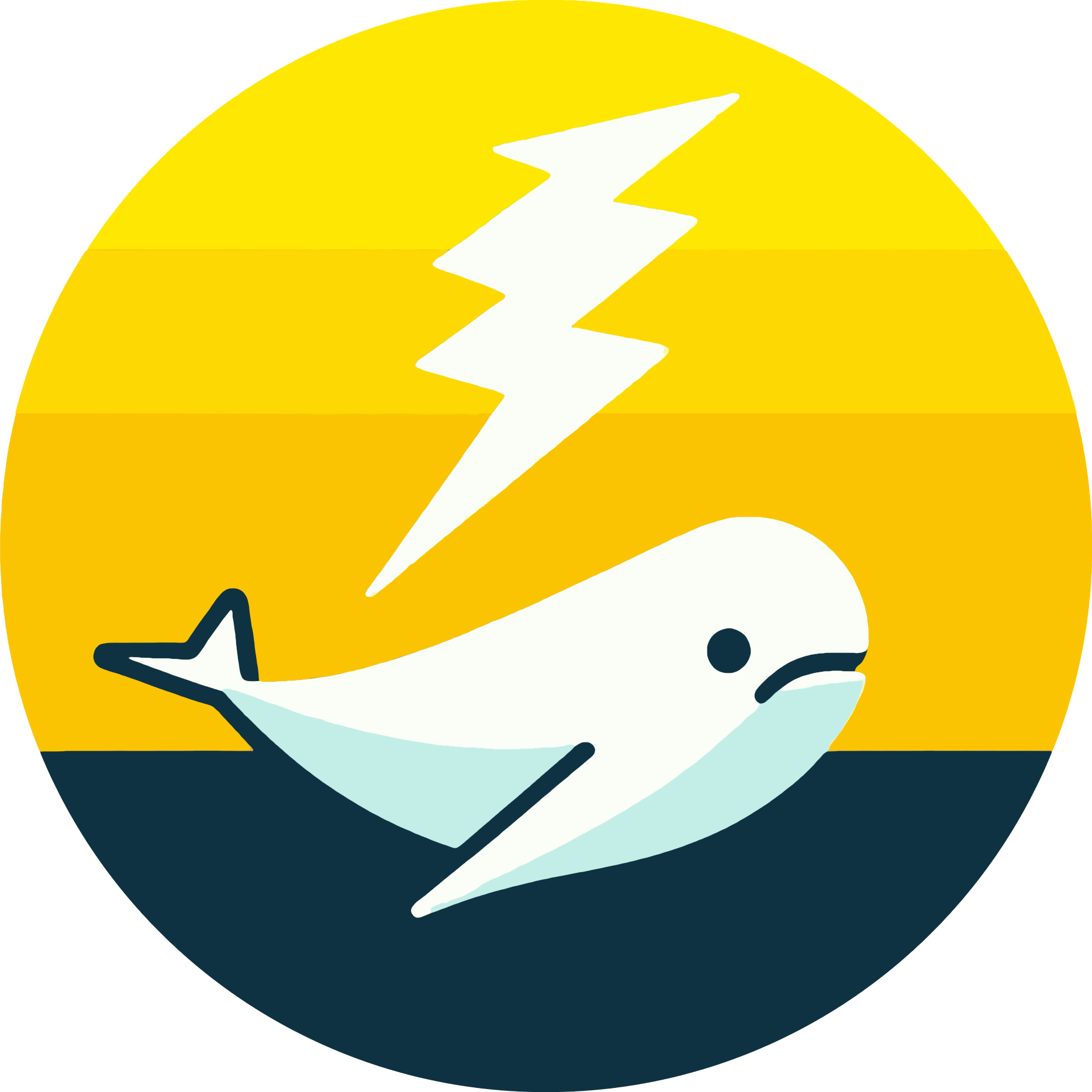
VoucherVault
Django web application to store and manage vouchers, coupons, loyalty and gift cards digitally. Supports expiry notifications, transaction histories, file uploads and OIDC SSO. Once the container is up and running, you can access the web portal at http://YOUR-IP:8000. The default username is admin. The default password is auto-generated and displayed in container logs. Installation Instructions: https://github.com/l4rm4nd/VoucherVault/wiki/01-%E2%80%90-Installation#unraid-installation














